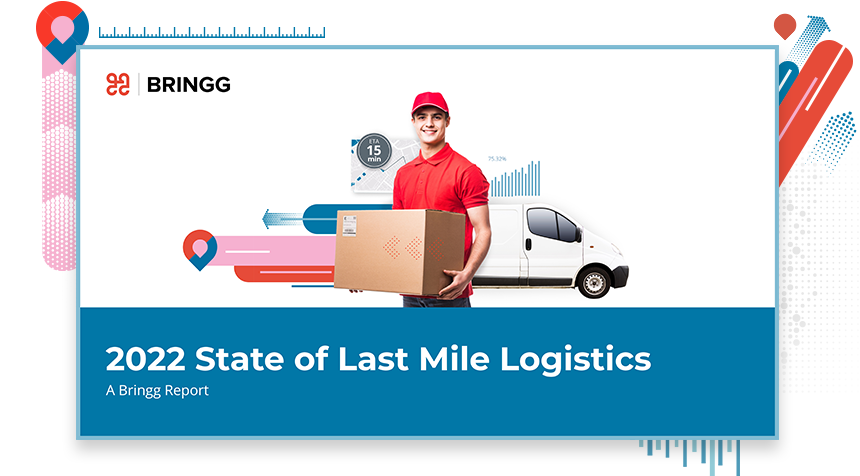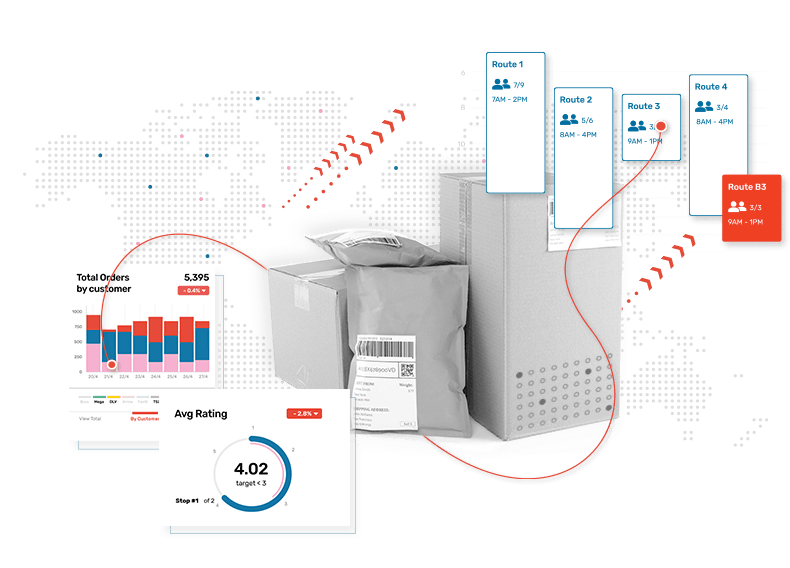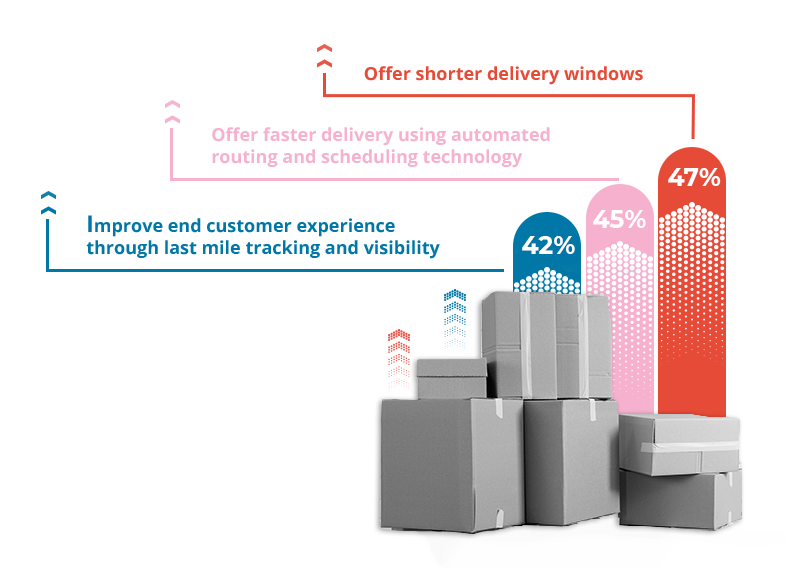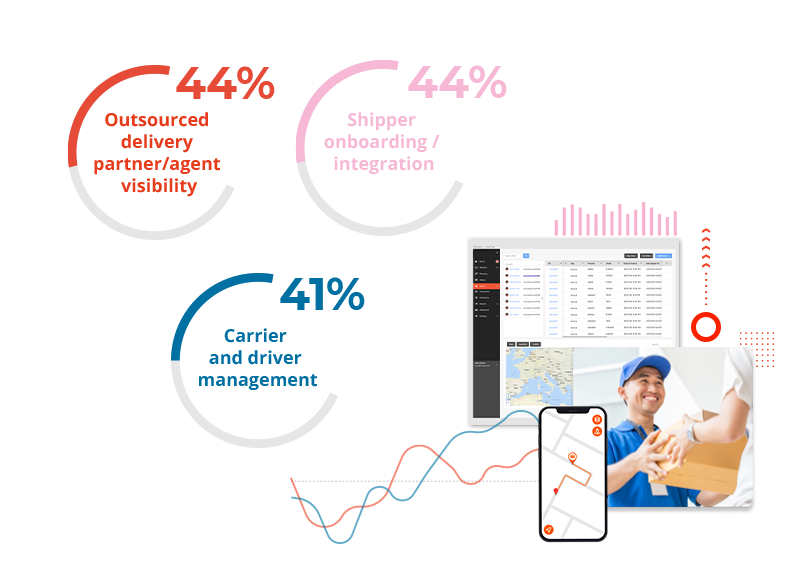Based on a survey of logistics and transportations leaders, this report examines how logistics providers are tackling issues around delivery costs, driver retention, and demand for better end customer experiences. It also highlights tips for improving last mile capabilities and services to fuel and sustain long-term growth.
Download this report to learn:

Peak season volumes have now become the everyday norm, leaving many logistics and transportation providers to meet volume capacity by adding on drivers. However, this expansion has come at the expense of visibility, efficiency and control over external resources. Moreover, it comes as a time of rising fuel prices that are leaving businesses struggling to make their last mile services more profitable.
Additionally, logistics and delivery providers are trying to meet the growing demand for competitive omnichannel delivery services demanded by shippers and end customers, including same day delivery, ship-from-store, and returns. These require greater speed, and agility, and often a restructuring of resources, technologies, and operational processes.

Shippers are increasingly looking to deliver five-star customer experiences, and logistics providers recognize this, with a clear focus on growing profitability through better delivery experiences for consignees.

The top last mile operational pain points all reflect issues around data: collecting data from shippers, transmitting data to carriers, and receiving performance data from internal and external sources. Improving integrations and delivery performance will rely on software that promotes a strong, connected last mile ecosystem.

Logistics and delivery providers who can facilitate returns for their shippers will have a competitive advantage, as eCommerce continues to boom, and returns become table stakes for today’s retailers.
